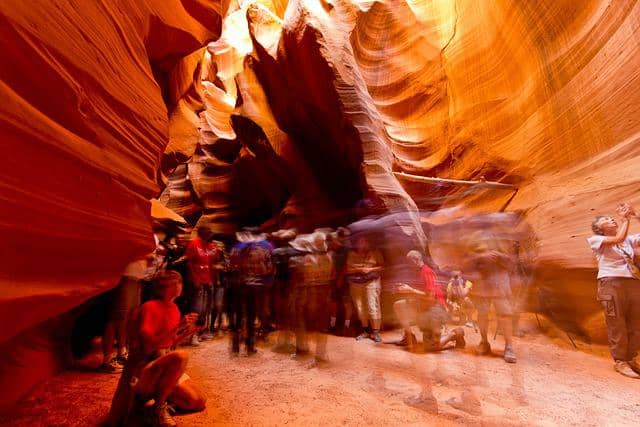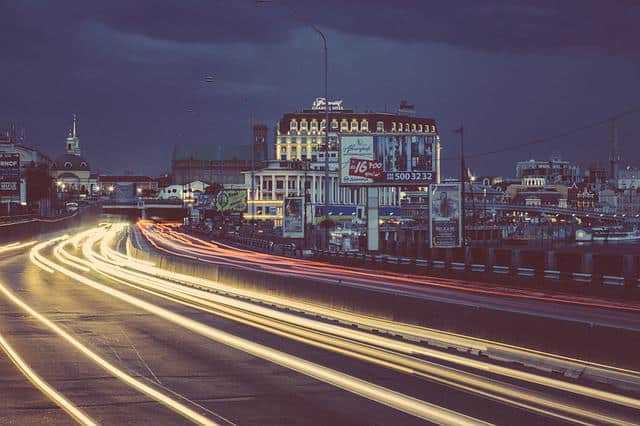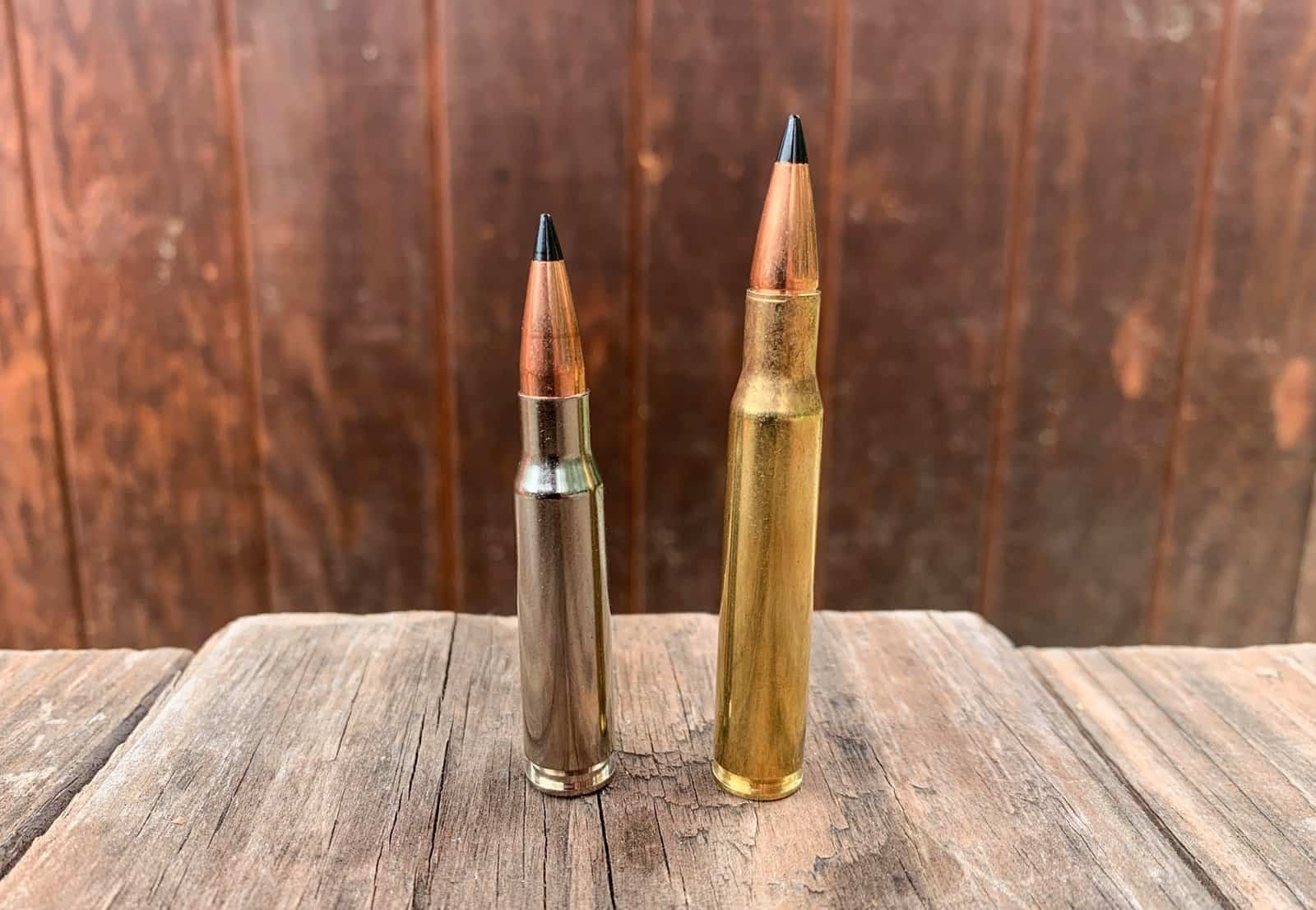Time lapse is a great technique used in photography and cinematography to create an illusion of high-speed movement in still or slowly moving objects. In time lapse photography, the photographer takes a series of still images of one frame at regular intervals over an extended time and then plays the whole sequence rapidly. This technique creates an illusion that the object moves at high speed.
The processes captured in time lapse photography are slower and may be hard to capture in daily life scenarios e.g., the planetary movement. In time lapse videos, actions that occurs very slowly are made to run faster than they usually do so that we can present a very long story in a shorter period. Time lapse photography and cinematography find wide applications today especially in filmmaking, media, and digital marketing. It is a great technology that allows us to create eye-catching pictures and films that help us explain stories interestingly.
Time lapse is the basis for professional photography, films, and documentaries. It helps us explain stories that would take months to narrate in minutes by speeding up the process without leaving any part. Time lapse is also a beneficial marketing tool to create eye-catching content about projects and products that the marketing team can present during symposia or upload on the websites or social media. Time lapse draws traffic to websites and social media platforms because internet users like creative videos and graphics that take shortest time to view.

Time lapses have gained popularly among people worldwide and are being used on a small scale through smartphones and large scale in the media and film industries. It is excellent for anyone to familiarize themselves with the ABC of this technology and try to create some time lapses on their own. Creating time lapses may appear simple, but it requires some skills and considerations depending on the level it is being done.
Whether using the most uncomplicated gadget like the phone or more sophisticated digital cameras like the DSLR camera, you have to create a lapse that is attractive and eye-catching. However, you can’t just do this without proper practice and skills. You need skills that will enable you create quality lapses that any viewer will admire. This write-up gives you some tips to help you create quality lapses, whether you are doing it at a primary or professional level.
Here are some tips that will enable you create a time lapse with the best effect.
Choose an unresisting subject
When making a time lapse, you ought to first determine the story or the subject you want to present. The subject you choose depends on the purpose for which the lapse is created. The lapse can be created for entertainment, informing about a given phenomenon, or business purposes. Be clear on the subject you want to present, then find out how you can make the best effects on this subject. Knowing the targeted audience and purpose of the time lapse will help you get the best subject for your creation.

Have good stable stands
Image stabilization is essential when creating time lapse. Having poor stability of the images may result in poor time lapse sequences that are eye sore. Good image stability is achieved when you use stable tripod stands to mount your camera. The tripod stand will reduce motion and image shaking to give you sharper images that are hard to get when holding the camera in your hands. Apart from stabilizing your images, a tripod stand will enable you take images for an extended period without the fatigue of carrying the camera in your hands.
Do the correct settings on the camera
For quality time lapse, you need to set the camera properly. It’s good to set the time lapse camera into manual mode when shooting a time lapse to get the correct light and smooth motion burr which is hard to get when the camera is on automatic mode. Manual mode requires your involvement in adjusting the shutter speed, focus, ISO, and time lapse interval for the time lapse you are shooting.
Shutter speed depends on the desired appearance of the time lapse. A faster shutter speed (1/100 or faster) allows you to capture slow moving subjects and get a sharp shot, while a slower shutter speed (1/50 or slower) enables you get a smooth shot from fast-moving subjects. The shutter speed should be twice your frame rate as a rule of thumb.
Focus your camera manually to have consistency in each shot, as the camera won’t try to refocus after each shot as it would do if on automatic focus. For the ISO, the setting depends on the amount of light available. Lower ISO requires a higher light setting than higher ISO setting. If you don’t have much light in the background, set the ISO higher to make the camera more sensitive.
Set time lapse speed based on the movement you intend to acquire. Set a shorter interval (one to three seconds) if you want a fast time lapse. For slower movements, use longer intervals.

Use the necessary gadgets and accessories
Quality time lapse comes from photography skills and the right equipment. Therefore, it is good to have the essential tools and equipment such as the camera, high-capacity memory cards, reliable batteries, intervalometer and Neutral Density Filters. You may as well be required to use some editing software and applications such as Premiere Pro to create better effects.
Choose the right music.
In time lapse videos, having music playing in the background creates emotions in the audience and keeps them awake. Incorporate excellent music in your time lapse to entertain the audience and give your works an edge.
Conclusion
This write-up offers insight into time lapse and its application in our daily lives. It also offers some tips which we believe will help you create quality time lapse on your chosen subject with the right effects. We hope you are now wiser in matters of time lapse and can create one without trouble.



